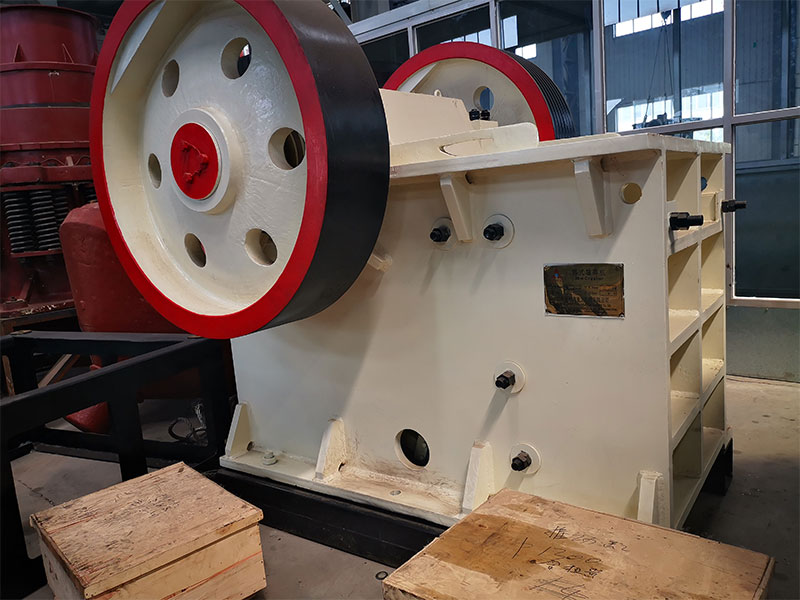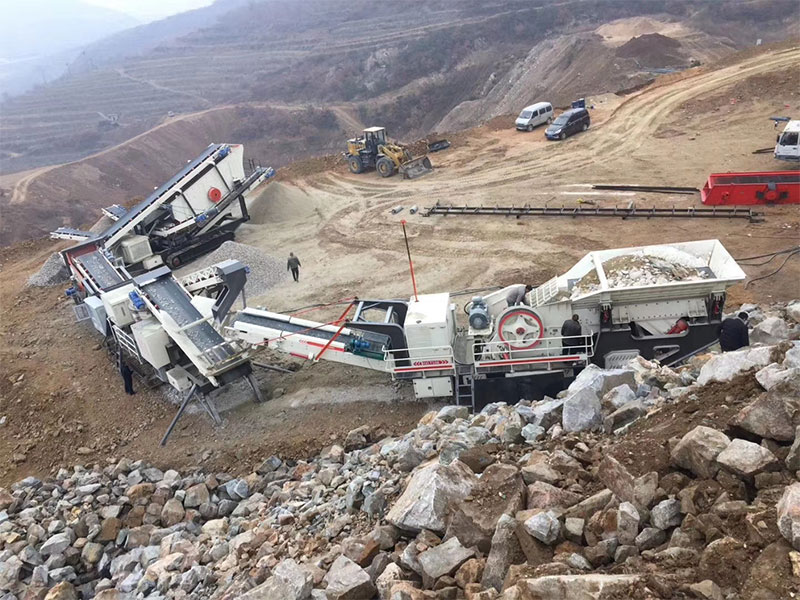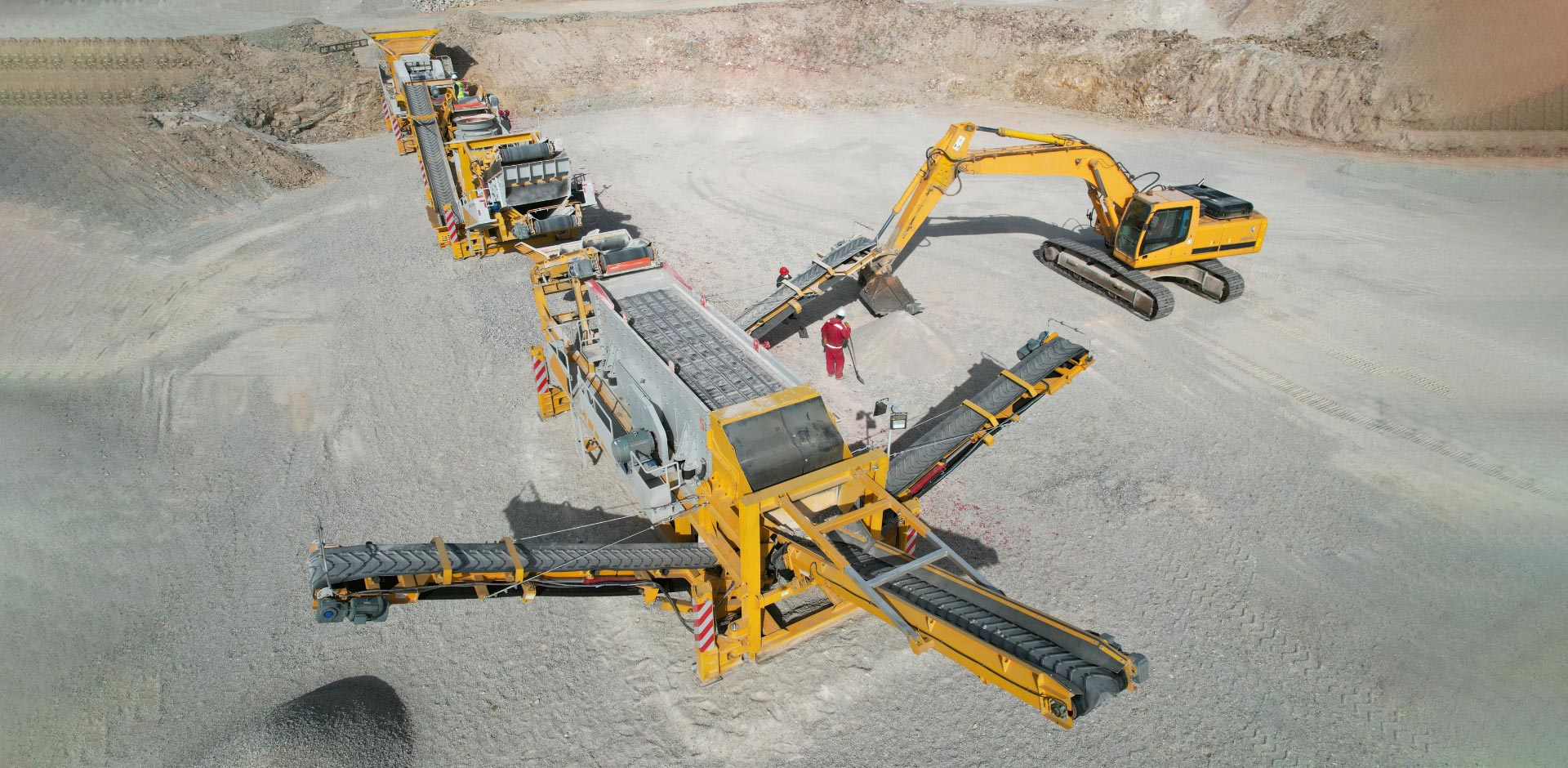Stone crusher plants are the heart of the construction and mining industries. These facilities are responsible for crushing and processing the raw materials required for various construction projects, road infrastructure, and building structures. Central to the operation of these plants is the jaw crusher, a powerful and versatile machine that plays a critical role in turning large rocks and minerals into smaller, manageable pieces.
Understanding the Basics of Stone Crusher Plants
Before delving into the specific role of a jaw crusher, let’s first understand the fundamentals of stone crushing plant. These industrial facilities are designed to transform raw materials, such as rocks, minerals, and aggregates, into smaller and more uniform particles. The processed materials serve as essential building blocks for various construction projects, including roads, bridges, buildings, and infrastructure.
A typical stone crusher plant comprises several key components, with the jaw crusher being a primary and fundamental component. Other crucial elements include conveyors, screen machines, feeders, and crushers of various types, such as cone crushers and impact crushers. Together, these components work in tandem to transform raw materials into the desired end products.

Anatomy of a Jaw Crusher
Before discussing the role of a jaw crusher, let’s take a closer look at its construction and operation. A jaw crusher consists of several main components:
Fixed Jaw: This stationary part of the jaw crusher forms one of the crushing surfaces. It remains fixed in place and provides a stable platform for the crushing action.
Movable Jaw: The movable jaw is the other crushing surface, which moves back and forth against the fixed jaw. This motion creates the necessary compression force to crush the raw materials.
Eccentric Shaft: The eccentric shaft is a critical component that drives the movement of the movable jaw. It is responsible for the reciprocating motion of the jaw, resulting in the crushing action.
Toggle Plate: The toggle plate is a safety mechanism that connects the movable jaw to the rest of the crusher. It helps protect the crusher from damage due to uncrushable materials and ensures the proper functioning of the machine.
Drive Motor: A powerful motor provides the energy required to operate the jaw crusher, driving the eccentric shaft and facilitating the crushing process.
Adjustment Mechanism: Many jaw crushers feature an adjustment mechanism that allows operators to change the gap between the fixed and movable jaws. This adjustment controls the size of the crushed materials.
The Role of a Jaw Crusher in a Stone Crusher Plant
Now that we understand the anatomy of a jaw crusher, let’s explore its essential role in a stone crusher plant:
1. Primary Crushing:
A jaw crusher primarily serves as the primary crusher in a stone crusher plant. It is responsible for the initial reduction of large and bulky raw materials, such as rocks and minerals. These materials are fed into the jaw crusher’s inlet and progressively crushed as they move between the fixed and movable jaws.
2. Size Reduction:
The primary function of a jaw crusher is to reduce the size of raw materials. It accomplishes this by applying mechanical force, generated by the movement of the eccentric shaft and the toggle plate. This force compresses and crushes the raw materials into smaller, more manageable sizes.

3. Uniform Product Size:
One of the significant advantages of using a jaw crusher in stone crusher plants is its ability to produce uniform-sized output. The design and operation of the crusher ensure that the final product has consistent particle sizes. This uniformity is crucial for meeting quality standards in construction and other applications.
4. Versatility:
Jaw crushers are versatile machines that can handle a wide range of materials, including hard rocks, minerals, and various types of aggregates. Their adaptability makes them suitable for different applications, whether it’s crushing granite for road construction or processing limestone for concrete production.
5. Safety and Efficiency:
Modern jaw crushers are designed with safety and efficiency in mind. They often feature advanced technologies, such as hydraulic systems for easy adjustment and overload protection mechanisms to prevent damage from uncrushable materials. These features make mesin jaw crusher reliable and safe to operate.
6. High Throughput:
Jaw crushers are known for their high throughput capacity, making them suitable for large-scale production in stone crusher plants. Their ability to process a significant volume of raw materials efficiently contributes to the overall productivity of the plant.
7. Reduction of Environmental Impact:
Efficient jaw crushers help reduce the environmental impact of jual stone crusher plant. By producing smaller-sized materials, they minimize waste and promote resource efficiency. Additionally, dust control measures can be implemented to mitigate environmental concerns.
Conclusion
In the realm of stone crusher plants, the jaw crusher stands as a cornerstone of the entire operation. Its primary role in primary crushing, size reduction, uniform product sizing, versatility, safety, efficiency, and environmental responsibility make it an indispensable piece of machinery in the construction and mining industries. As we continue to build our world’s infrastructure, jaw crushers will remain a crucial element in the transformation of raw materials into the foundation of our modern society.
